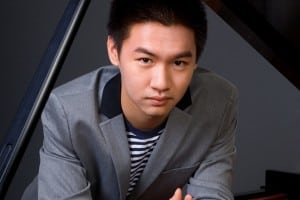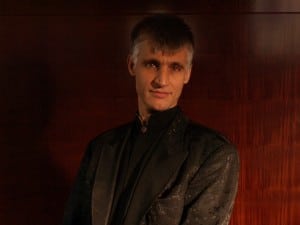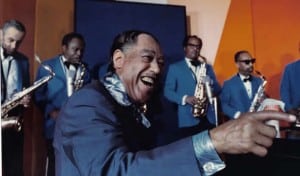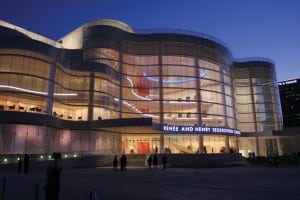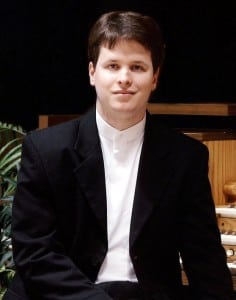Pacific Symphony celebrates its 35th anniversary season by opening with a concert featuring the stunning virtuosity of 19-year-old piano prodigy, Conrad Tao. Music Director, Carl St.Clair, leads the concert that takes place Thursday through Saturday, Sept. 26-28, at 8 p.m., in the Renée and Henry Segerstrom Concert Hall in Costa Mesa.
This is Tao’s third appearance with the Pacific Symphony to perform Rachmaninoff’s powerful Piano Concerto No. 3 that was featured in the 1996 hit movie “Shine.”
“This is a massive work to perform,” explained Tao. “We rehearse for two or three days to come together as an entire performance unit to pull off such an amazing piece of music. I always look forward to the collaborative point when performing live with other musicians.”
Tao, who is hailed as both an “exciting prodigy” and “breathtaking” is known for his jaw-dropping performance when he tackles this piece. Considered one of the repertoire’s most powerful, most demanding and most loved works, Tao expressed humbly how working as a team of performers with any composition is hard work and he is very dedicated to practicing as a group and maintaining a level of professionalism is extremely important to him.
“I am young and still growing,” said Tao. “As a performer, I treat every composition I play as my favorite piece of music. That way I can translate the emotion of the piece to the audience for a richer experience for everyone in the moment.”
Tao is a fan of music, all kinds of music. He listens to Rap, R&B, Pop and many other styles that fit his mood at the time. He also enjoys modern composers like Michael Gordon, and has his own full-length album out of his own compositions mixed in with covers of other’s music.
“I am just a really hard working person and have been really lucky to have people and family around me that believe in me, so they have helped me a lot to achieve my success,” said Tao. “I appreciate the titles of “Prodigy,” but to be honest I try not to think about it too much and just continue to study and work hard.”
When Tao is not performing around the world, he is studying music at Julliard and attending Ethnic Studies at Columbia University. His debut solo album entitled, “Voyages,” is available on iTunes and Amazon, as well as other downloadable sites online.
The Symphony’s opening night will start with a short and jubilant “Festivities” by California-based composer Peter Boyer and concludes with Brahms’ monumental Symphony No. 4.
Season ticket packages for the Classical series are $240-$975. To purchase single tickets for this concert the prices range between $25-$99. For more information or to purchase tickets, call (714) 755-5799 or visit PacificSymphony.org.
